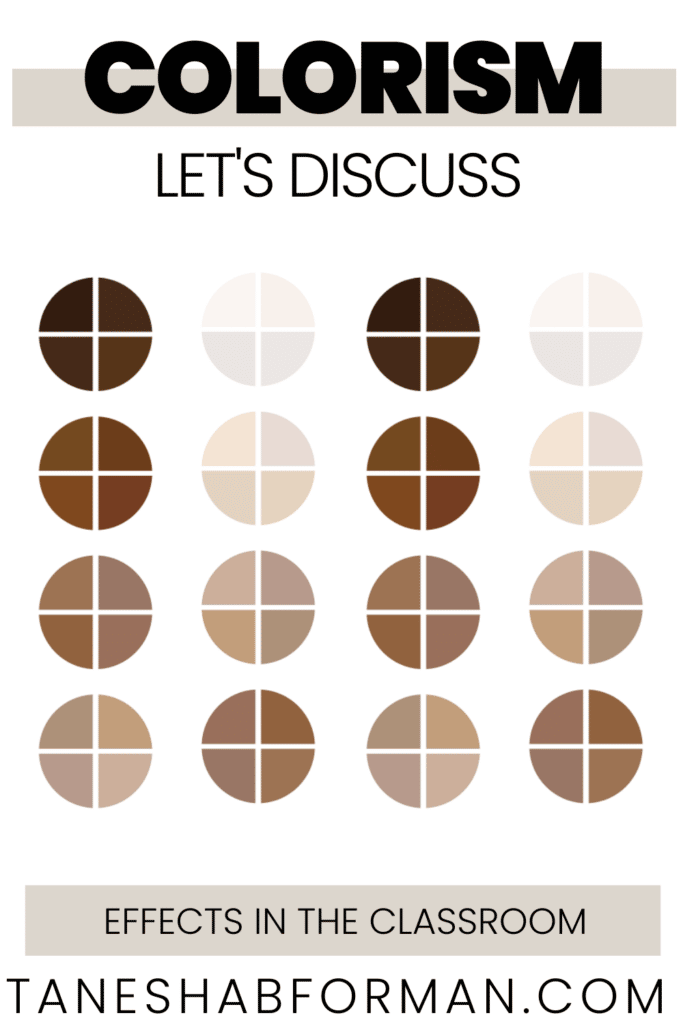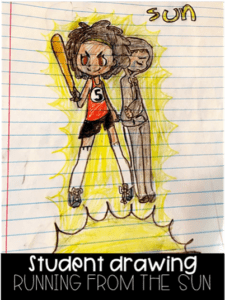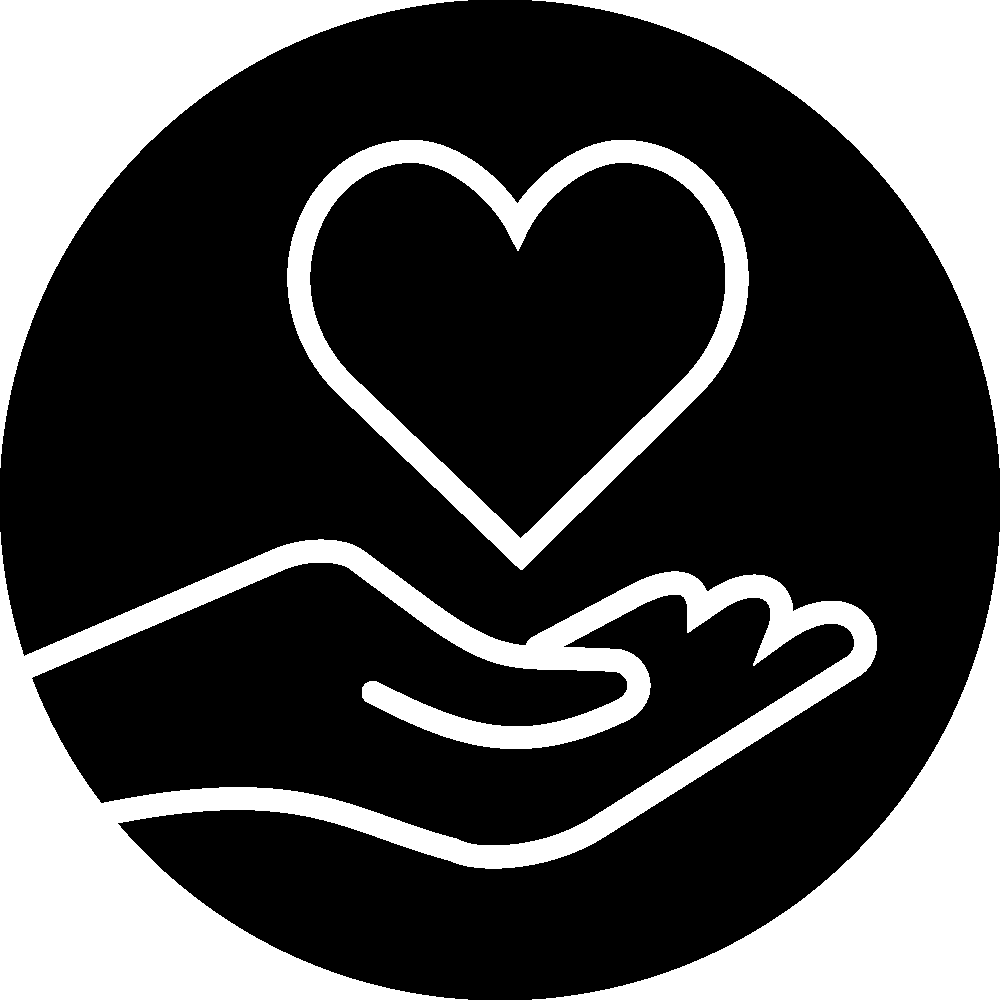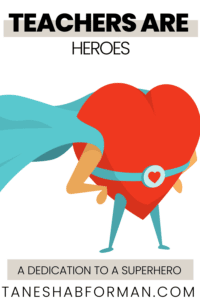

Understanding Colorism in the Classroom
“Why are the girls wearing their hoodies outside?”
A few years ago, while teaching in Florida I had an interesting encounter with my principal. The entire 5th grade team was outside for field day when I spotted something that sent me back to my middle school experience. Almost all of the Black girls were wearing their hoodies. We were in FLORIDA. It was April or May. My principal asked, “Why are the girls wearing their hoodies outside? It’s too hot for that.” Hot or not, I knew my darlings were standing and suffering in the name of not becoming too “black.” They were avoiding the sun. The psychology of this is well documented and extends across ethno-cultural communities. What teachers might not realize is that colorism might be a covert factor impacting classroom culture and student achievement.
Before starting, we have to acknowledge that all of our students see color (yes, even kinder darlings). In the 1940s, two psychologists conducted (highly contentious) studies with African American kids to determine the impact of segregation on their psyche. The researchers used dolls to study attitudes about race. Generally speaking, the kids assigned positive attributes (e.g. nice) to the white doll, and negative ones (e.g. bad) to the black doll. This test was not without controversy and criticism, but it showed and continues to reveal generations of internalized bias based on the social construct of race.
if you’re brown, stick around;if you’re yellow, you’re mellow;if you’re white, you’re alright.”“If you’re black, stay back;
Somehow this Big Bill Broonzy song about Jim Crow laws was remixed and spread during my childhood. Furthermore, I spent the majority of my adolescent years dealing with issues of colorism (and racism). I became acutely aware of the differences in the shades of “black,” and internalized that I was at the “end” of the spectrum. It’s taken me a lifetime to rebuild my self-image. I want to be the change for my students as this oppressive concept continues to thrive in the experiences of our youth. My hope is that by bringing awareness to the issue, we can work to counter its negative and lasting effects.
Colorism versus Racism
Let’s take a quick look at colorism. Colorism is a term largely credited to author Alice Walker who defined it as “prejudicial or preferential treatment of same-race people based solely on their color.” Meaning two people who identify with the same racial identity can be treated differently based on their skin tone. It usually preferences people of color with light-skin over dark, and is a form of internalized racism. Colorism is present across a range of communities including African-American, Asian, Latin American, and others. Racism is prejudiced attitudes or acts against people based on their real or perceived racial identity. At the root is the belief that one race is inferior to another. In understanding the nuance between these two concepts, we have to hold two truths. The first is that people of different races can have the same skin tone, and the second is that people who share the same race can have different skin tones. There’s so much documented about colorism that you can find here, here, here, or just by doing a quick Google search.
In the Classroom: Kids See in Color
This year I was struck by a student who came back from spring break a slight shade darker. I looked at her and said, “Wow! You’re glowing and look so refreshed.” Her response was, “I want my light-skin back.” I tried engaging with this young lady, but all I received was on onslaught of shrugged shoulders. Do you think you’re beautiful? (*shrug) Do you wish you would’ve stay inside more? (*shrug) Do you hate your skin color? (*shrug) Do you want to be white? (*shrug, followed by “uuuuggghhh no”)
Honestly, I was at a loss. This was a revolving issue in my classroom throughout the year with kids. I had a conversation with another one of my students about why she was standing in the shade. I shared my struggle and how I’m writing a book about a girl like us who hides from the sun and loses her power. She drew a picture for me and told me she could relate. I also noticed trends. I overheard boys talking about crushes on the girls with lighter skin tones. During indoor recess there definitely a hierarchy that formed around the girls with lighter skin tones. During outdoor recess almost all the Black girls congregated in the shade. A student who identified as biracial was called white and to some degree isolated. I was alarmed, but not shocked. I had to intervene.
So what now?
I won’t pretend that I am an expert. As a dark skinned black woman I continue to struggle with self love. I can empathize with my students struggling with self-image, and aspire to be the teacher I wish I had as I stood in the shade, hiding from the sun. But what if you’re not a person of color? As teachers, we can continue to build our knowledge and skill so that we resist oppression at all levels. Below I’ve compiled strategies that I’ve tried and ones that I will use in the future based on the research I’ve conducted about this topic.
Be Present. Listen out for words and phrases that students might use that related to skin complexion (e.g. you’re a pretty dark skin girl…you’re black as…you’re not black…you’re darker than…). If you don’t understand something, ask the kids. Show them that you’re interested in learning and affirm them as the unique wonderfully made people they are.
Positive Images. Review the materials you use and pictures you hang to ensure that they represent a range of colors in different contexts. For example, if hanging notable African Americans in the arts, consider Lena Horne and Leontyne Price (both members of Delta Sigma Theta #mysorors). When teaching about the Civil Rights Movement, discuss the reasons the NAACP choose to make Rosa Parks the face of the bus boycott versus Claudette Colvin. Yes, this is complex, but one factor was the belief that Rosa had “the look” needed to represent the movement.
Diversify your Library. Look through your classroom library for diverse visual images and characters. A colleague brought up that we needed to make sure that we have books with characters of all shades, especially darker complexions. This is not black and white. Show the range of multicultural experiences, perspectives, and looks. Represent the complex nature of identity.
Self-Reflection. Evaluate your treatment and perspectives of others along the lines of skin complexion. There are reports of students with darker skin receiving harsher consequences for teh same infractions as peers with lighter complexions. Ask yourself if you’ve shown favoritism within a group … and create a plan of action to guard against/correct this.
Promote Self-Love. Students need opportunities to build their self image and esteem. Have students think about what makes them unique and the qualities they are most proud of.
Lastly, I feel compelled to name that there’s something about the experience of young women with colorism that is different than young men. Dark skin men have been able to transcend (to some degree) the stigma associated with their skin tone. Perhaps this is due to the arts and sports – I can’t say with certainty. This is juxtaposed against the criminalization of black men that uses images and stereotypes to invoke fear in the masses and justify excessive force by law enforcement.
With Love,
T

PIN FOR LATER!
JOIN THE COLLECTIVE
Sign up and access the FREE resources to support your Anti-Bias/Anti-Racism journey.

Tanesha B. Forman
I'm a current middle school administrator who loves breaking down complex topics and providing opportunities for educators learn, reflect, practice, and implement methods that foster equity and anti-racism. I believe we win together!
Behind the Blog


Hi, I'm Tanesha.
I’m a current middle school administrator who loves breaking down complex topics and providing opportunities for educators learn, reflect, practice, and implement methods that foster equity and anti-racism. I believe we win together!














2 thoughts on “Understanding Colorism in the Classroom”
Thank you for this blog post! I will use your tips in my classroom this year and I will do a better job of standing up against colorism as well as racism. I will also be checking my library to make sure I have included all shades of POC, and not just 1. Thank you! <3
I just started teaching 4th grade in a class of African-American, Hispanic, and multiracial students. This week they were trying to get me to judge who had lighter skin. I was thrown off and I’m not sure my response was helpful. I just said why does it matter what a strange question, go play. I feel like I should address it, but as a white educator, I’m not sure I have the right credibility.